An expert in the control of toxic giant hogweed – which can cause burns and even blindness – says raising awareness of the plant is key, after it was spotted growing near a school in Angus.
David Young, Scotland North-East manager of Complete Weed Control, has 17 years’ experience of controlling invasive plants like giant hogweed.
“Articles that explain the dangers of giant hogweed are needed,” he says. “I have been burnt myself while treating plants as part of my work.
“The burns can be really nasty so you certainly want to keep this plant away from schools.
“The plant is covered in a sap and the sap has toxicity, which seems to be triggered by sunlight.
“Most children won’t know this is dangerous. It is an enormous plant and when it is growing it looks prehistoric and probably appealing to kids to want to play under.”
A large patch of the weed was spotted this week growing on the side of a path used daily by children at Monifieth High School.
‘Nothing makes it stand out as poisonous’
“There’s quite a crop of it down a side path just at the end of the Seven Arches viaduct,” said one concerned parent.
“Lots of youngsters use the path going to the local shops at lunchtime. And although you’d hope none of them would touch it, there’s nothing that makes it stand out as poisonous.
“I’ve warned my kids about it but others should do the same. With the school holidays coming up, you never know where the kids are going to be out playing.
“That path leads down to the Dighty Burn and it’s a well-used area for dog walkers, too.
“There was a clean-up of it around the Dighty a few years ago but it seems to be coming back again.”
David Young agrees: “It is like firefighting trying to keep it under control, it keeps coming back.”
Why is it so dangerous?
Giant hogweed contains chemicals photosensitising furanocoumarins, which react to light when they come into contact with human skin.
Contact with the plant can cause blisters, lesions and sunburn and also blindness if the sap is rubbed into the eye.
Burns can last months and the skin in the affected area can remain sensitive for years.
Has hogweed always been around?
It was first introduced to the UK in the 19th century from Asia, as an ornamental garden plant. Seeds can lay dormant for five years in the soil and begin growing again.
David Young continues: “It spreads quickly. These huge umbrella-shaped pods contain hundreds of seeds. They soon grow and can cover roadsides and riverbanks.
“We are seeing more of it. It can be controlled easily but it requires regular upkeep. There are lots of community groups who get together to tackle it now.”
Dundee and Angus Council parks teams confirmed giant hogweed is an issue in particular parts of Dundee and Angus and both councils are working together to treat the weed on council-owned land.
The area of land reported this week is thought to be privately-owned. Dundee City Council are making efforts to identify the landowner.
Is anyone tracking the spread?
A map, created and maintained by WhatShed.co.uk, is monitoring the spread of giant hogweed throughout the UK, following the closure of the PlantTracker app last year.
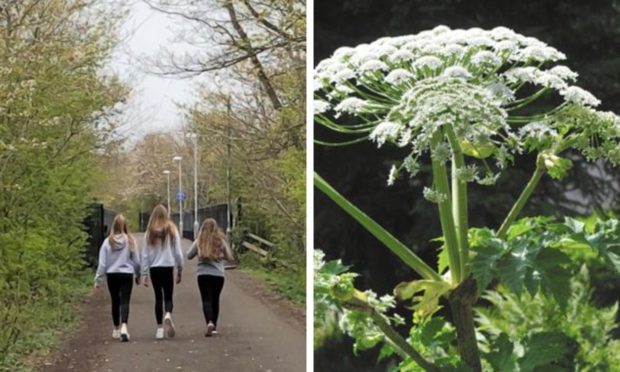
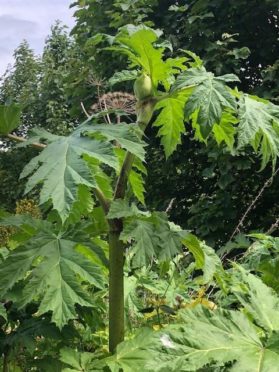
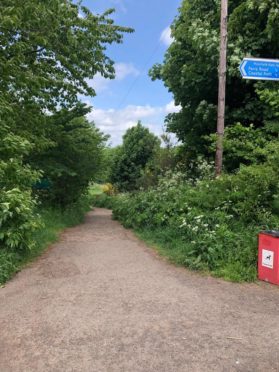
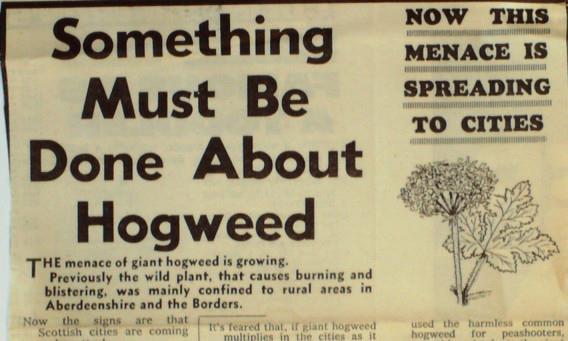
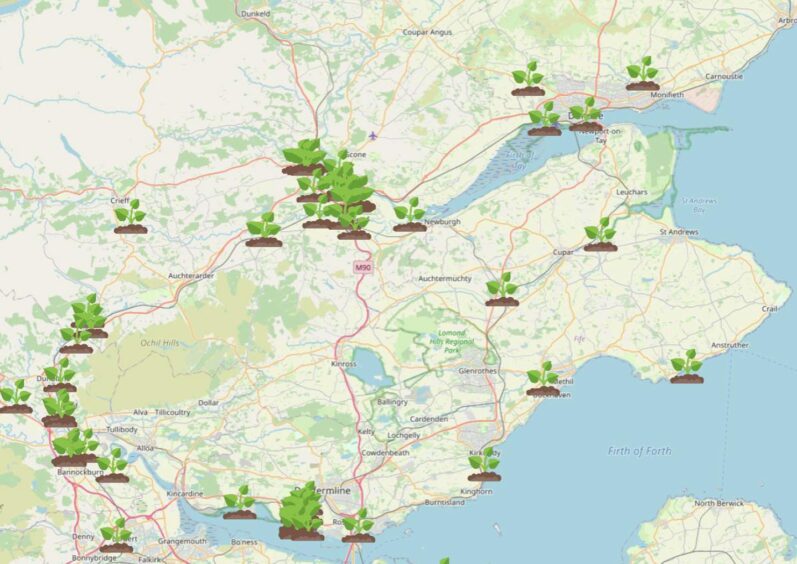










Conversation